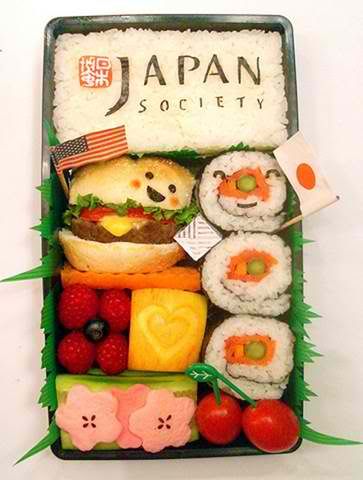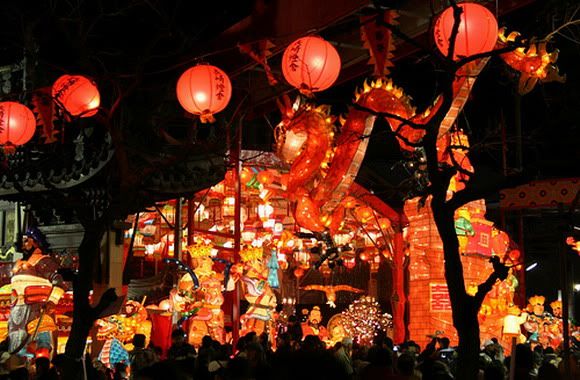The defining characteristics include ingredients, styles of preparation, and aesthetics.
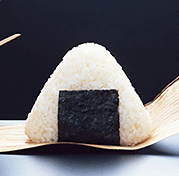 Rice is the Basis of Japanese Meals
Rice is the Basis of Japanese Meals Rice has been cultivated in Japan for over 2000 years, and is the country’s most important crop. The fact that rice was once used as currency in Japan reflects its fundamental importance in Japanese culture. In addition to its symbolic importance, rice was also considered to be the perfect food to provide carbohydrates and proteins in the diet and to complement other foods. The Importance of Appearance in Japanese Cuisine.
The Importance of Appearance in Japanese Cuisine.
The importance of artistic presentation in Japanese cuisine allows you to enjoy it with your eyes first. That is the Japanese way of dining. Appearance is almost as important as actual taste, and the subtle balance of texture, color, and flavors is critical.
In addition, the quality of each dish and its presentation are more important than the quantity offered.
In Japan, food and the dishes on which it is served are considered to be a type of art.
Japanese people truly enjoy the artistic sense and beauty of the display of the food and the choice of receptacles for serving it. Sometimes, even the room or place where the food is consumed is considered part of the art. The more beautiful the food looks, the more delicious it is thought to be. Ichi-jiru San-sai (“one soup and three sides”)
Ichi-jiru San-sai (“one soup and three sides”)
A typical Japanese meal at home generally consists of a bowl of rice (gohan),
a bowl of miso soup (miso shiru), pickled vegetables (tsukemono) and fish or meat.
The multiple dishes that accompany these three vary widely depending on the region, the season, and family preferences, but candidates include cooked vegetables, tofu, grilled fish, sashimi, and beef, pork, or chicken cooked in a variety of ways. This type of meal is also known as “Ichi-ju San-sai”.
Food in Schools
The menu for kids' public school lunch in Japan is not like what we have in our school in Singapore today. The Japanese are very attentive to what they eat. All the food served are very healthy and very 'Green'. This is a not a culture we see in Singapore today. In Singapore, kids in school are always eating at fast food chains and even in Primary or Secondary Schools most the dishes are not what we can like in Japan.

STUDENTS IN SCHOOLS:
FOOD SERVED IN SCHOOLS:
NATTO
But, of course these features attract other people including me.If you like blue cheese, then you'll surely love natto.If natto is available near you, please try once.
Whaling.



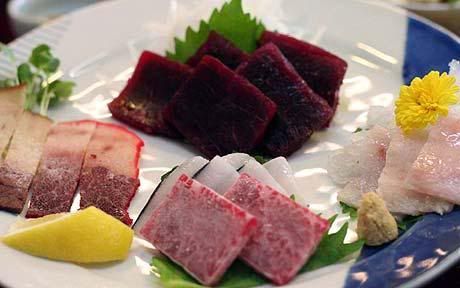
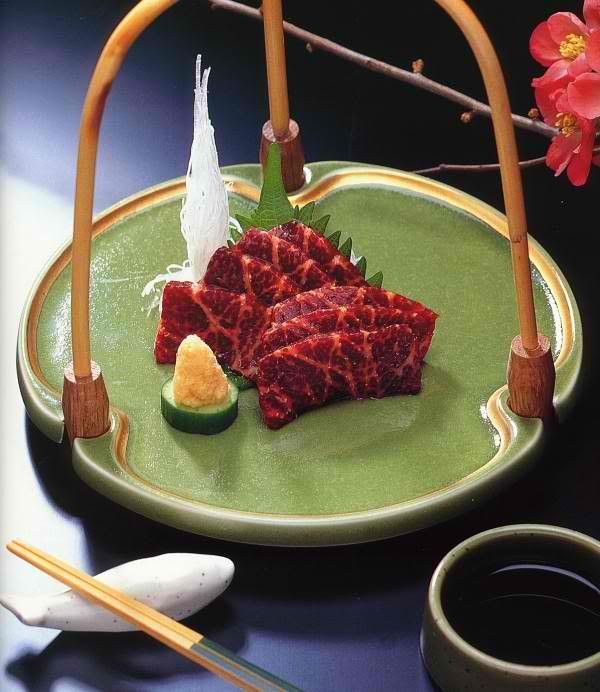
Shimonoseki is the home port of the Japanese whaling fleet.
From here, the ships start every autumn to head down to Antarctic waters - where it will be summer once they arrive - to hunt down some of the world's largest creatures.
Shirouo: They're Dancing in Your Mouth

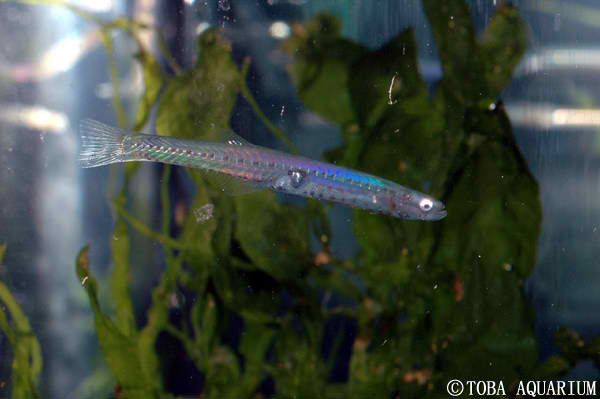
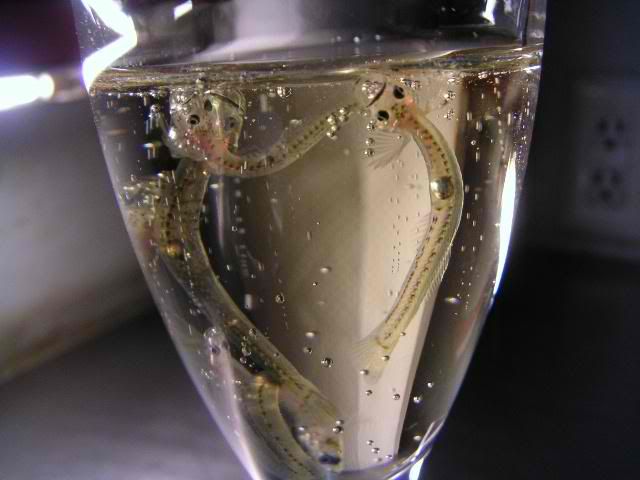
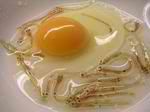
Shirouo are very small transparent fish destined to be eaten alive. They dance in your mouth - or rather do the odorigui (dancing while being eaten) as the locals in the few places where you can enjoy the fish put it.
Now, while the shirouo is always a small transparent fish, the fish that is actually eaten depends on where you are.
In Iwakuni for example the fish are whitebait.
In Fukuoka on the other hand, they are ice gobies.
Origins of the dish:
Around 300 years ago, in the Edo period, spring floods often wrought vast damage on the area. The local daimyo (feudal lord) ordered the farmers of nearby villages to do the clean-up work. To thank them, he served them a few barrels of sake and the farmers drank it right next to the rivers. While doing so, they grabbed the small fish populating the water with their hands and put them into their mounths - thus starting the tradition of eating shirouo in Fukuoka.
Back to Top. | 10:57 PM
